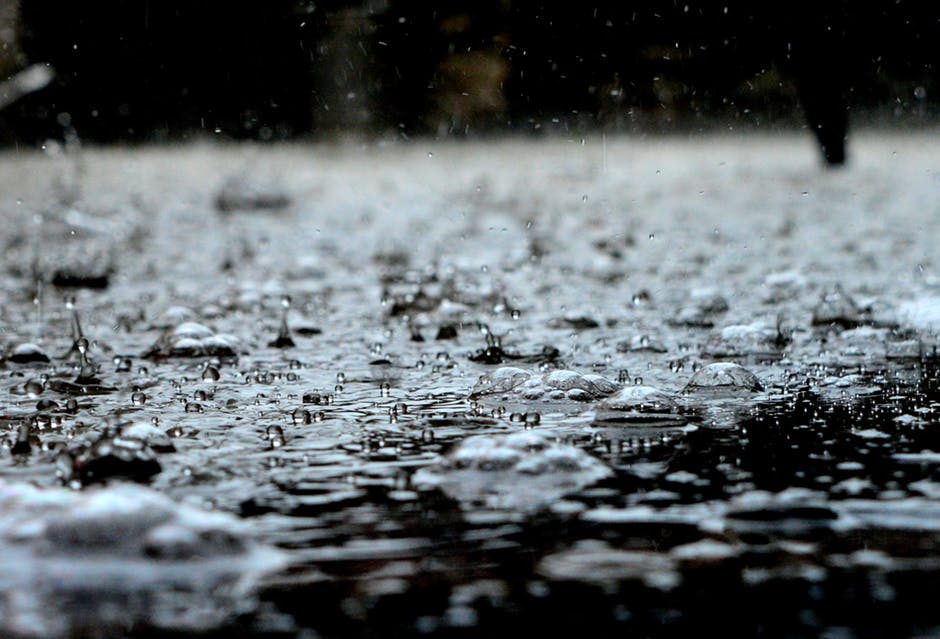Hotter temperatures have melted as much as a quarter of Himalayan glacial ice in the past 40 years, reveals a study of declassified spy satellite photos from the 1970s.
The Himalayan Mountains are home to the highest peak in Mount Everest at 29,029 feet, but also to the third largest deposit of ice and snow in the world, after Antarctica and the Arctic. Now the first complete study of this remote region reveals that its glaciers lost billions of tons of ice—equivalent to more than a vertical foot and half of ice each year—from 2000 to 2016.
That’s double the amount of melting that took place from 1975 to 2000, revealing that the ice loss is accelerating with rising temperatures. It’s also threatening water supplies for hundreds of millions of people downstream across much of Asia.

This is the first comprehensive look at what’s happened to glaciers in the Himalaya over a 40-year time span, said lead author Joshua Maurer at Columbia University’s Lamont-Doherty Earth Observatory. The study was published today in Science Advances.
“Our study reveals a robust signal of glacier ice loss linked to rising temperatures from climate change,” Maurer says. As much as quarter of the region’s ice has been lost over the last 40 years, he estimated.
Read more: National Geographic



